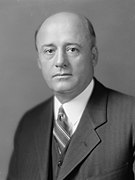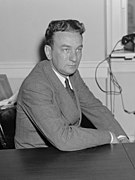| |||||||||||||||||||||||||||||||||||||
All 437 seats in the United States House of Representatives 219 seats needed for a majority | |||||||||||||||||||||||||||||||||||||
|---|---|---|---|---|---|---|---|---|---|---|---|---|---|---|---|---|---|---|---|---|---|---|---|---|---|---|---|---|---|---|---|---|---|---|---|---|---|
| |||||||||||||||||||||||||||||||||||||
 Results: Democratic hold Democratic gain Republican hold Republican gain | |||||||||||||||||||||||||||||||||||||
| |||||||||||||||||||||||||||||||||||||
The 1960 United States House of Representatives elections was an election for the United States House of Representatives on November 8, 1960, to elect members to serve in the 87th United States Congress. They coincided with the election of President John F. Kennedy and was the first house election to feature all 50 current U.S. states.
There were 437 seats, the most in U.S. history: 435 from the reapportionment in accordance with the 1950 census, and one seat for each of the new states of Alaska and Hawaii.
Although Democrats retained control, it was the first time since 1908 that an incoming president's party lost seats in the House, which would not happen again until 1988.
This was the most recent election cycle in which no new female representatives were elected to the House.

